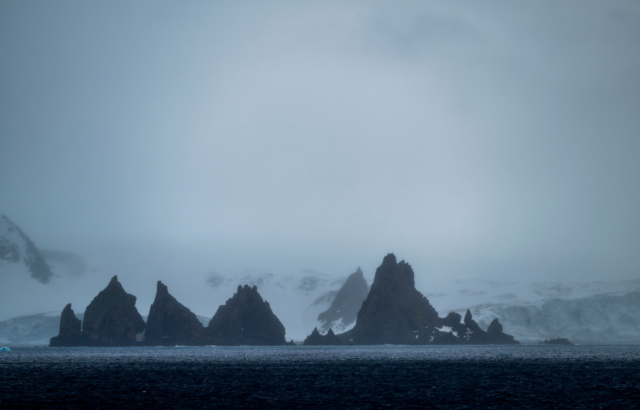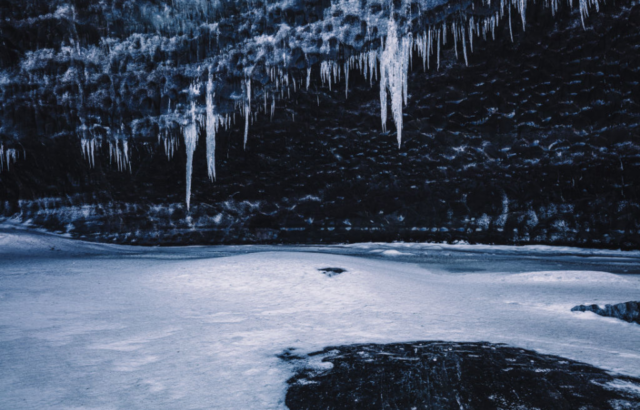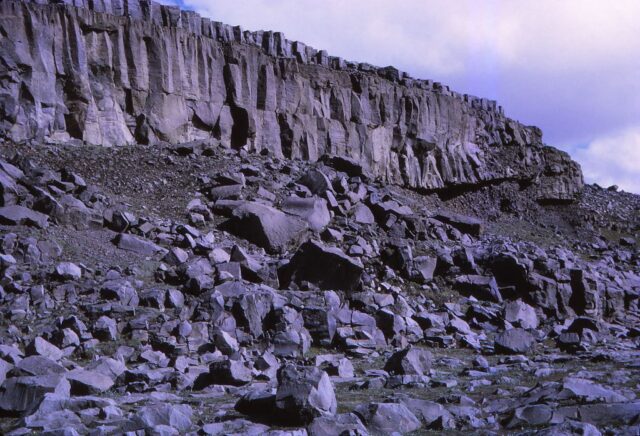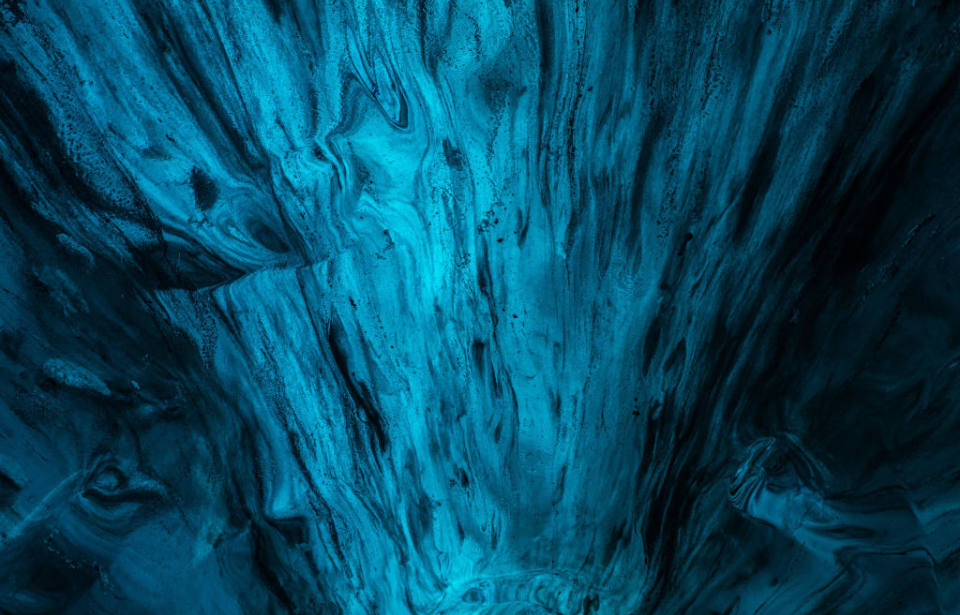In 2015, Samantha Hansen and a team of researchers from the University of Alabama and Arizona State University traveled to Antarctica to install 15 seismology stations. These stations allow researchers to study the interior of the planet. What they ultimately found were large mountain-like structures deep within the Earth.
Mountainous structures
Research into these mountains first began in 1996 when scientists investigated the core-mantle boundary beneath the Pacific Ocean. The mountainous structures, known as ultra-low velocity zones or ULVZs, were located deep within the Earth by studying seismic waves. These seismic waves, created by events such as an earthquake, are felt across the globe. Humans don’t necessarily sense the waves, although seismic stations can detect such activity more than 7,918 miles away.

These waves are refracted from the different materials deep within the Earth and provide researchers with an X-ray-like image of the innermost regions of the globe. With data from the waves of 25 earthquakes, large jagged objects in the core-mantle region became visible. These turned out to be massive mountain-like structures.
Mount Everest is the highest mountain on Earth’s surface. These inner mountain ranges have some peaks greater than 24.8 miles from their base, which is 4.5 times the height of Everest. Now, not all of these inner mountains were that large, but they ranged from massive to the more modest heights of 1.7 miles.
Where did these mountains come from?
The data is clear: there are large mountain ranges deep within the Earth located at the core-mantle area. But, what is less clear, is how they were created and what they’re made of.
One theory is that these mountains are part of the lower mantle that was superheated by their proximity to Earth’s core. The mantle can reach temperatures upwards of 6,692 F, which is mild compared to the core, which reaches temperatures of 9,932 F. These mountains may therefore be parts of the mantle that are heated and become partially molten, which would be seen with seismic equipment as ULVZs.

Another theory posits that these mountains are actually ancient pieces of oceanic crust that have been moved down over hundreds of millions of years, ultimately settling in the core-mantle region.
Scientists have noticed that many deep-Earth mountains are located near large low-shear velocity provinces (LLSVPs), also referred to as blobs. Two of these blobs, Tuzo under Africa and Jason under the Pacific, are believed to be billions of years old. Similarly, no one knows what these are exactly, but the close proximity of the mountains and these blobs might be evidence of a yet-discovered link.
One thing researchers can agree on is that tectonic plates, their movement down into the Earth’s mantle, and their final resting close to the core-mantle boundary play a role. This process would create various structures, mountains, and blobs, and would be made of basalt and other rock sediments from the ocean floor. They could be transformed by an incredibly large amount of heat and pressure.

These newly discovered mountains below Antarctica have thrown a wrench in the works. As Hansen commented, “Most of our study region, the southern hemisphere, is pretty far away from those larger structures.” Before the Antarctic study, only 20 percent of the core-mantle boundary had been researched, and Hansen and her team are hoping to fill the gaps.
More from us: The Centuries-Old ‘Anti-Pirate’ Houses Of Ikaria Island Were Built Into Stone Mountainside
It will certainly be interesting to see what else researchers can find out about these mountain structures. However, it is a bit ironic that these mountains, deep within the Earth and formed at extremely high temperatures, were made in the extremely low temperatures of Antarctica.
